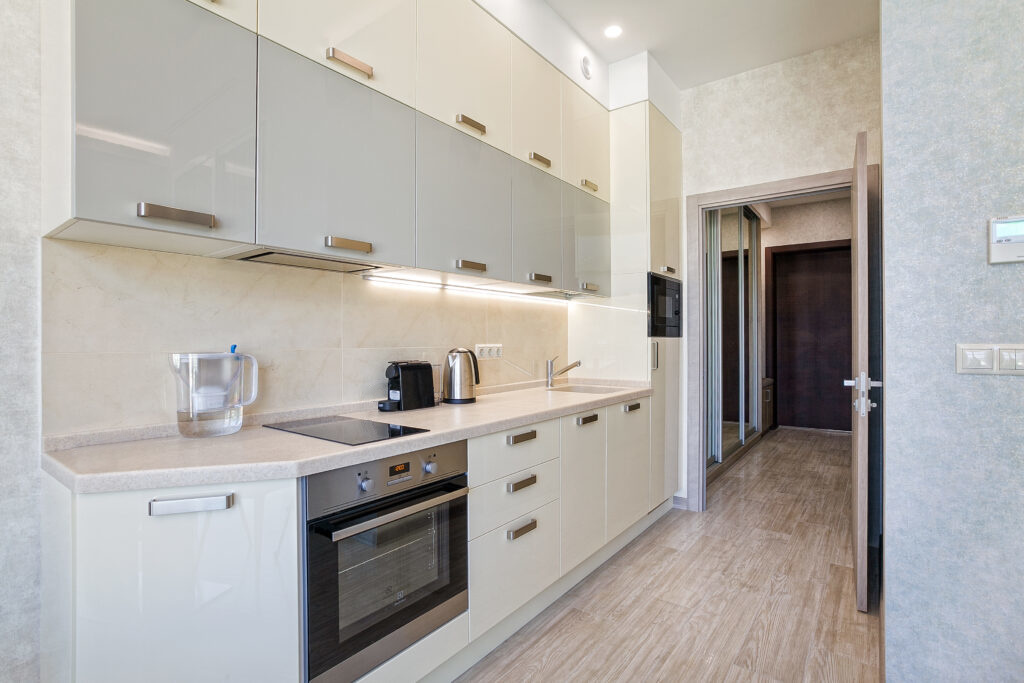
Culinary Spaces Redefined: Upgrade
Introduction to Modern Culinary Spaces
The kitchen, once a purely functional area designated for cooking, has evolved into a central hub of the home where families gather, entertain, and create memories. This transformation calls for a reimagination of design, technology, and functionality, turning culinary spaces into versatile, comfortable, and stylish environments. In this article, we explore the various ways homeowners and designers are upgrading culinary spaces to meet the demands of contemporary living.
Innovative Design and Layout
Gone are the days of the one-size-fits-all kitchen design. Today's culinary spaces are all about personalization and efficiency. The layout is often determined by the homeowner's lifestyle, with open-concept designs promoting interaction and inclusivity. Innovative solutions such as multipurpose islands, adaptable furniture, and seamless transitions to other living spaces are redefining the visual and practical aspects of the modern kitchen.
Smart Appliances and Technology
Cutting-edge appliances equipped with smart technology are a game-changer in culinary spaces. Features such as voice control, remote access, and advanced sensors that adjust cooking times and temperatures make the cooking experience more intuitive and enjoyable. The integration of these smart devices into kitchen design also paves the way for a cleaner and more streamlined aesthetic, where functionality meets modernity.
Sustainable Practices and Materials
Sustainability is a driving force in the evolution of culinary spaces. Homeowners are increasingly opting for eco-friendly materials, energy-efficient appliances, and waste-reducing practices. This includes the use of recycled or reclaimed materials for countertops and cabinets, as well as composting systems and water-saving fixtures that reflect a commitment to environmental stewardship.
Lighting and Ambiance
The ambiance of a culinary space is greatly affected by its lighting design. Natural light is often maximized through large windows or skylights, while artificial lighting is carefully planned to provide both functionality and atmosphere. Innovative lighting systems allow homeowners to adjust the mood of the space with dimmers, color-changing LEDs, and smart-home integrations that can be tailored to different times of the day and types of gatherings.
Conclusion: The Heart of the Home Reimagined
The upgrade of culinary spaces is more than just an aesthetic venture; it's about personalizing and optimizing the heart of the home for comfort, convenience, and sustainability. Whether through state-of-the-art technology, thoughtful design, or eco-friendly choices, these redefined spaces cater to the evolving needs and tastes of today's homeowners, setting a new standard for the kitchens of the future.